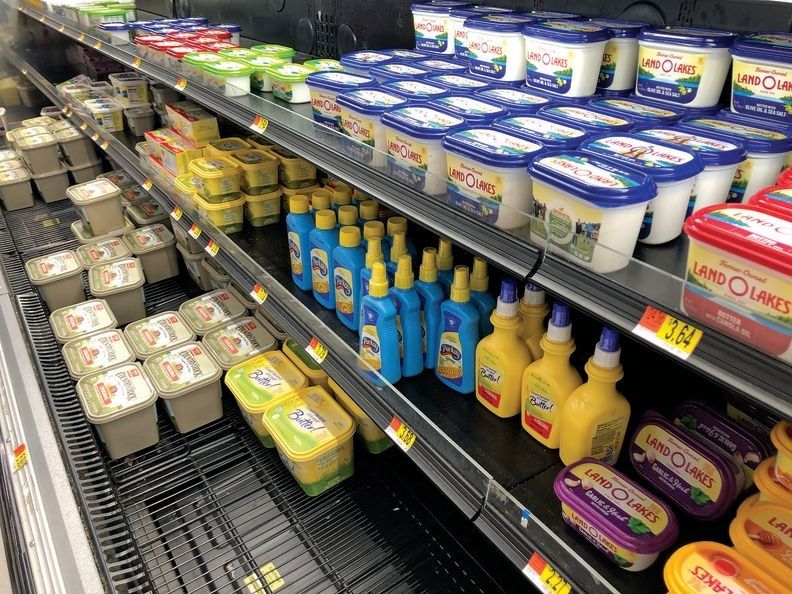2023 could be the year when the reality of extended producer responsibility for plastics packaging in the U.S. begins to take shape, with the first-mover states of California, Colorado, Maine and Oregon all starting to write EPR rules.
Regulators will be considering things like surcharges on companies to fund cleanup of legacy plastic pollution or tougher rules on less recyclable materials, such as expanded polystyrene. It’ll take a few years to write these rules, and it’ll be complex.
That was apparent as I watched the online broadcast of a Jan. 31 CalRecycle meeting to start writing rules for Senate Bill 54, California’s landmark EPR law passed in mid-2022.
The goal in all those states is figuring out how to build — and pay for — much better recycling systems for packaging.
The general idea of EPR is to have companies pay more of the costs that are currently funded by cities and taxpayers.
There are many benefits of plastics packaging, hence its huge growth in recent decades. But does anyone think the U.S.’s current 13 percent recycling rate for plastic packaging is good enough?
Which brings us to these dry-sounding EPR implementation meetings in state governments.
There will be a lot of thorny questions on the agenda, like implementing a plastic pollution fee in California.
Of that, $150 million will come from resin makers, with the other $350 million coming from companies using plastic packaging in the state.
A yet-to-be-formed industry group, called a Producer Responsibility Organization, will figure out how to structure that $500 million payment, under a framework created by CalRecycle, with input from an advisory council.
Sixty percent, or $300 million a year, will go toward communities disadvantaged by plastic pollution, while $200 million a year will be directed to restoring natural areas.
At the meeting, one lawyer who works on the industry side noted that if, as CalRecycle estimates, there are 10,000 “producers” that will be covered by the EPR law, that’s $35,000 on average from each company into that fund as an entry fee to be able to sell into California.
It’s important to note, especially for Plastics News readers, that the law defines “producers” mainly as the brand owners or companies using packaging to sell their products.
As well, and this is also important, that $500 million payment does not include the additional costs the PRO groups will impose on companies for the main job of EPR, to pay for better recycling systems in the state.
Assessing fees will be thorny. Even within one packaging material, say PET, bottles are recycled much more than PET thermoforms, so it wouldn’t make sense to have the same fees for each.
These EPR laws are not specific to plastics. They cover a range of packaging materials, but plastics have already attracted some special attention.
Some states have already started EPR design, and packaging groups like Ameripen are planning multiple webinars in coming months on what to expect.
Each of the four states will structure their EPR differently, and more states are seriously considering it, potentially adding to pressure for national legislation.

